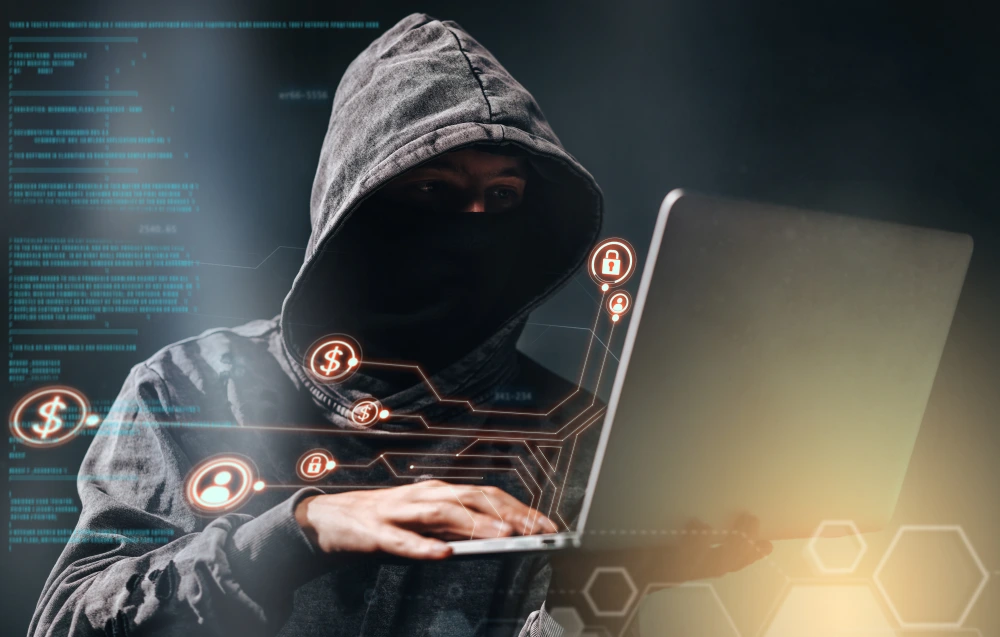Safeguarding Education: Addressing the Escalating Cyber Threats
In an era where technology plays a crucial role in education, the education industry has become a prime target for cyber-attacks. Educational institutions, from K-12 schools to universities, handle sensitive student and faculty data. Recent incidents highlight the growing nature of cyber-attacks in this sector, emphasizing the urgent need for strong cybersecurity measures. The evolving threat landscape that the education industry faces require attention to explore cybersecurity solutions to protect educational institutions.
A recent data breach incident involving the Minnesota Education Department shed light on the vulnerability of educational systems. Cybercriminals gained unauthorized access to sensitive student data, highlighting the need for enhanced cybersecurity measures within the education sector. This breach underscores the importance of proactive security practices to safeguard student privacy and prevent unauthorized access.
Colleges and schools have increasingly fallen victim to ransomware attacks, where cybercriminals encrypt critical data and demand a ransom for its release. Such attacks can disrupt operations, compromise sensitive information, and disrupt the learning environment. This article emphasizes the urgency for robust cybersecurity measures to mitigate the impact of ransomware attacks on educational institutions.
Given these threats that were highlighted in recent news, the education industry faces several other cyber threats, including:
Data Breaches: Educational institutions house vast amounts of sensitive student and staff information, including personal and financial data. Data breaches can result in identity theft, financial fraud, and reputational damage.
Ransomware Attacks: Cybercriminals often deploy ransomware to encrypt critical data and demand hefty ransoms for its release. These attacks can disrupt educational operations, compromise research data, and hinder the learning environment.
Phishing and Social Engineering: Educational institutions are vulnerable to phishing attacks, where attackers trick users into revealing sensitive information through deceptive emails or fraudulent websites. Social engineering tactics can also manipulate staff or students into divulging confidential information.
Insider Threats: Unauthorized access or accidental data leaks from staff or students pose a significant risk. This can include intentional data theft, unauthorized system access, or inadvertent sharing of sensitive information.
To protect educational institutions from cyber-attacks, the following cybersecurity solutions should be implemented:
Robust Network Security: Deploy advanced firewalls, intrusion detection/prevention systems, and secure web gateways to protect against unauthorized access, malware, and phishing attempts. These technologies act as the first line of defense, securing the institution’s network infrastructure.
Employee and Student Education: Conduct regular cybersecurity awareness training for staff and students to educate them about potential threats, safe online practices, and how to identify and report suspicious activities. Increased awareness can significantly reduce the risk of successful cyber attacks.
Secure Remote Learning Infrastructure: With the rise of remote learning, ensuring secure remote access is crucial. Implement secure virtual private networks (VPNs) for remote connections, multi-factor authentication, and encryption to protect data transmissions and prevent unauthorized access.
Data Encryption and Access Controls: Encrypt sensitive data in storage and during transmission to protect it from unauthorized access. Implement strong access controls, including role-based access, to restrict only data access to authorized individuals.
Regular Patching and System Updates: Keep all software, operating systems, and applications updated with the latest security patches to address vulnerabilities. Regular updates minimize the risk of exploitation by cybercriminals targeting known security weaknesses.
Incident Response Planning: Develop and regularly test an incident response plan that outlines the steps to be taken during a cyber-attack. This plan ensures a swift and coordinated response, minimizing the impact and facilitating recovery.
As cyber threats evolve, educational institutions must prioritize cybersecurity to protect student data, preserve institutional reputation, and ensure uninterrupted learning environments. By implementing vigorous network security measures, conducting regular cybersecurity education, securing remote learning infrastructure, encrypting sensitive data, and preparing an incident response plan, educational institutions can mitigate the risk of cyber-attacks and create a safer digital environment for students, staff, and stakeholders.
Cybersecurity doesn’t have to be a complex labyrinth that detracts from your main business operations. With DataGuard, we strip away the complexity, providing you with clear, efficient, and effective strategies to strengthen your digital defenses. Partner with DataGuard and empower your company with the expertise and tools needed to secure your operations and data, allowing you to focus on what you do best and experience cybersecurity without the complexity.
Back to Articles/Blog



